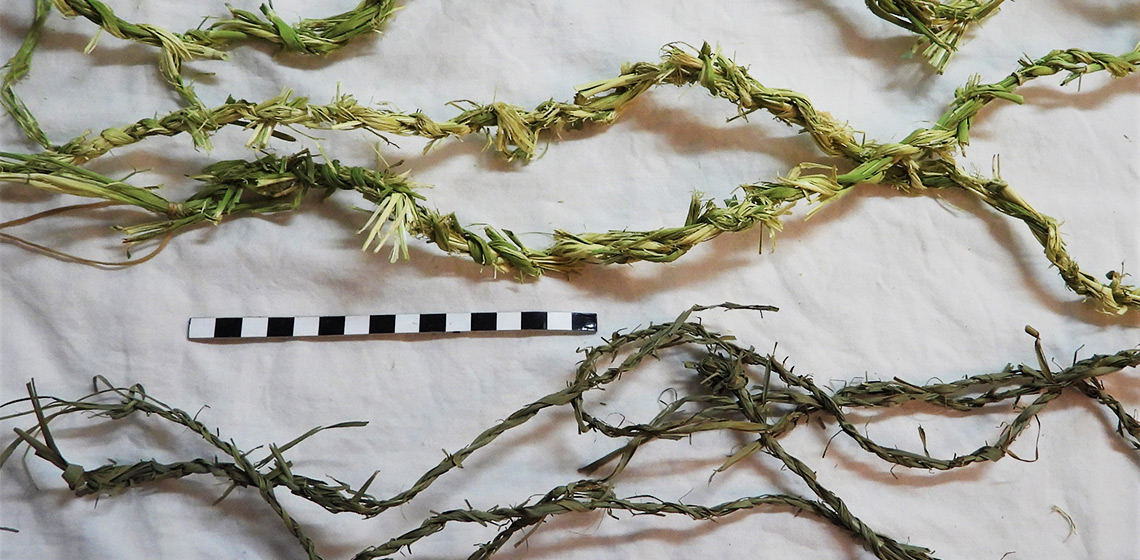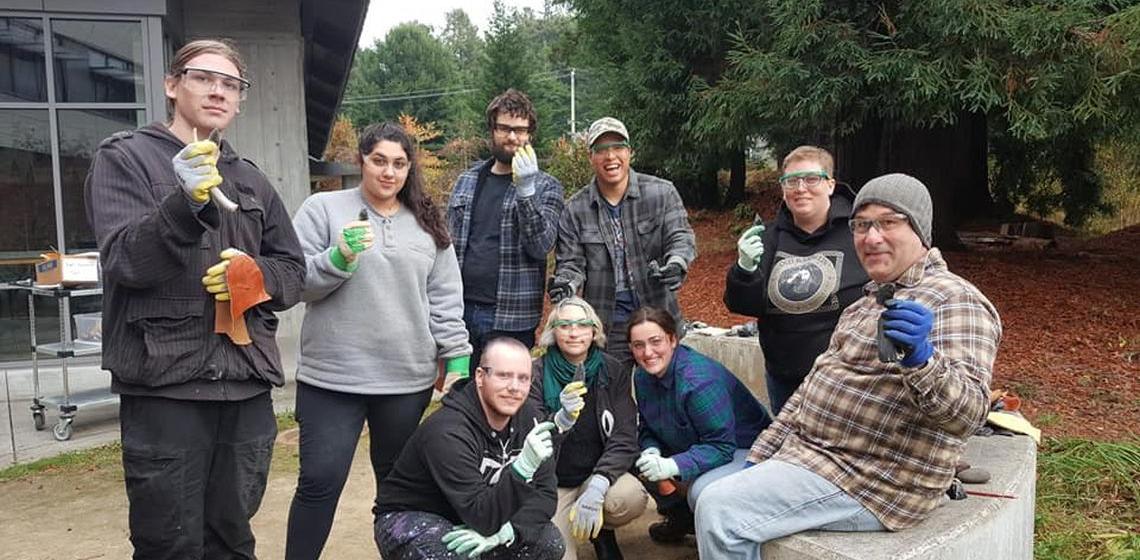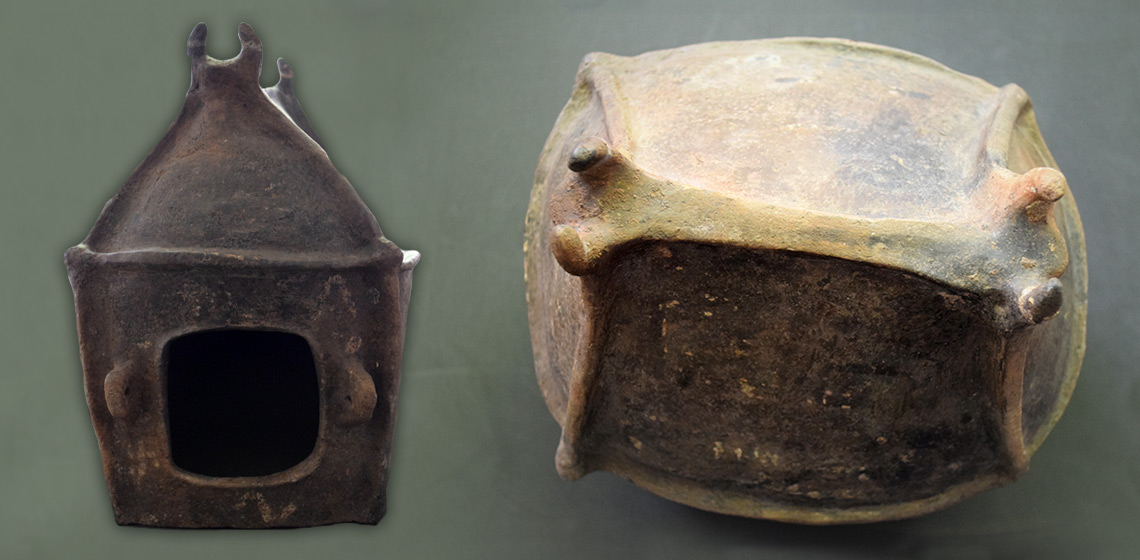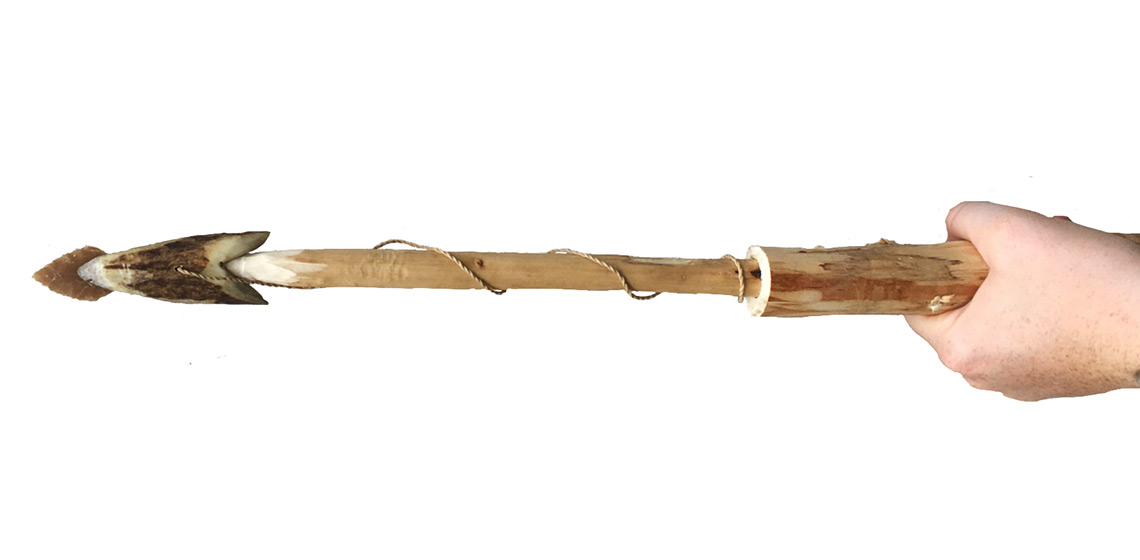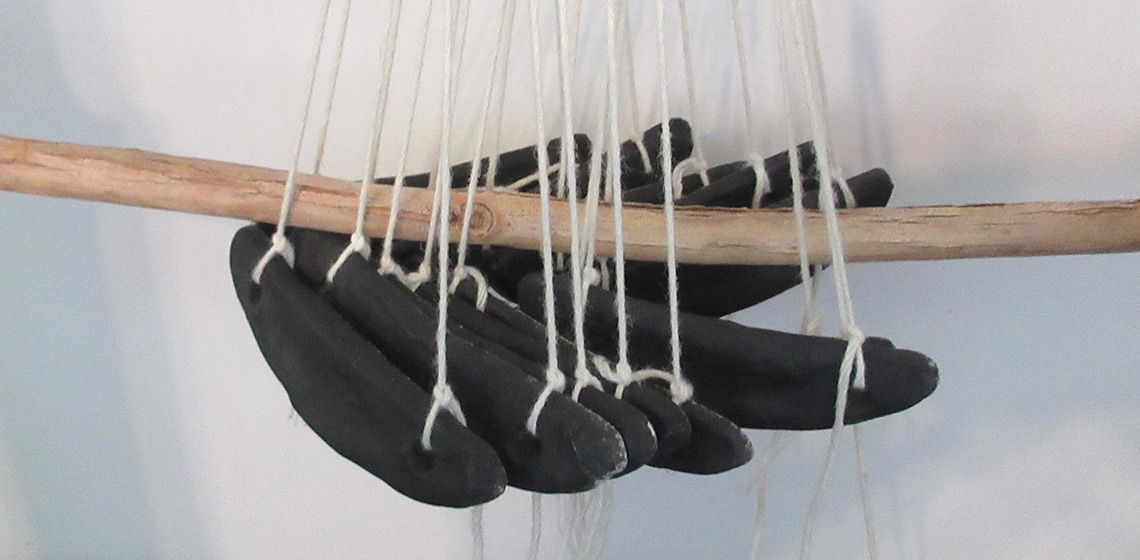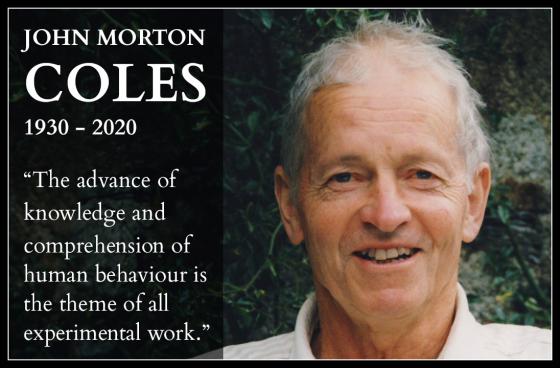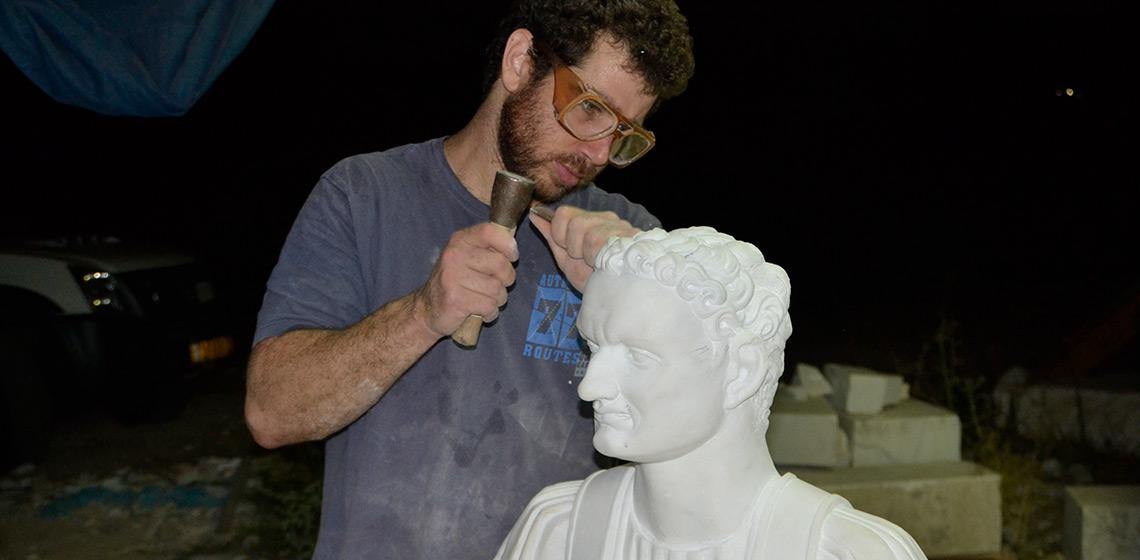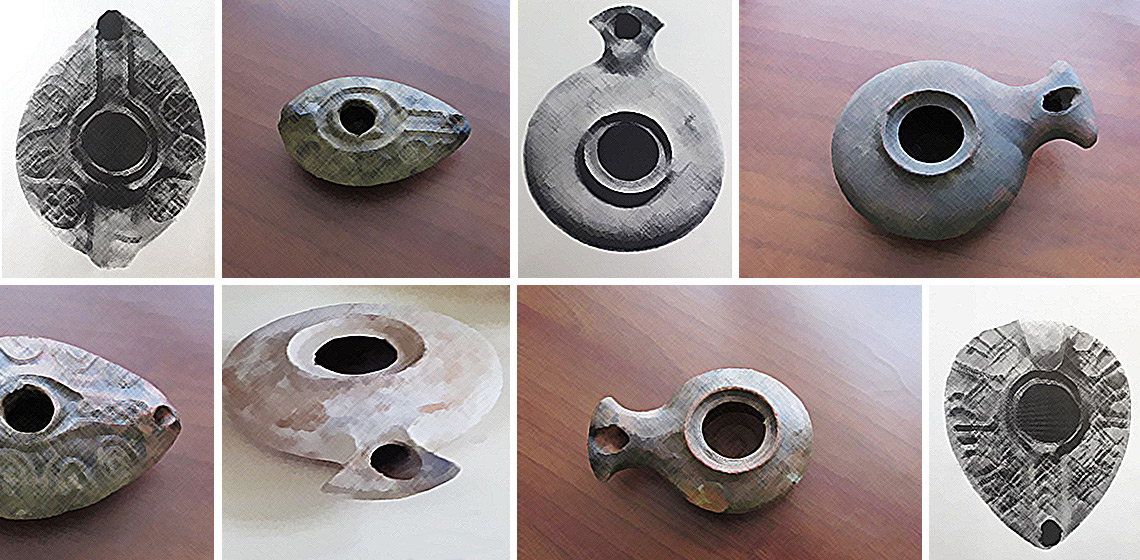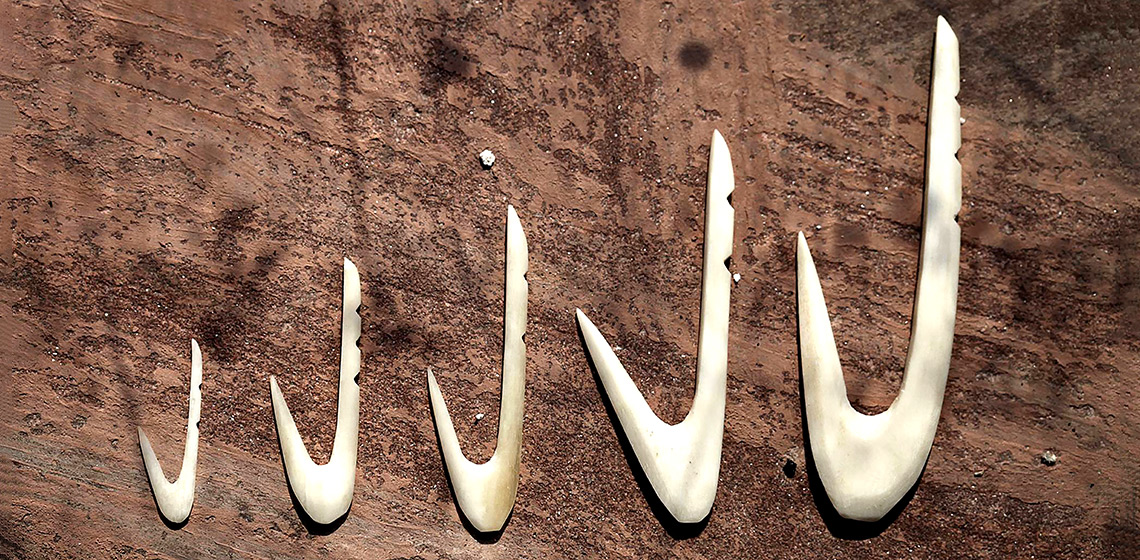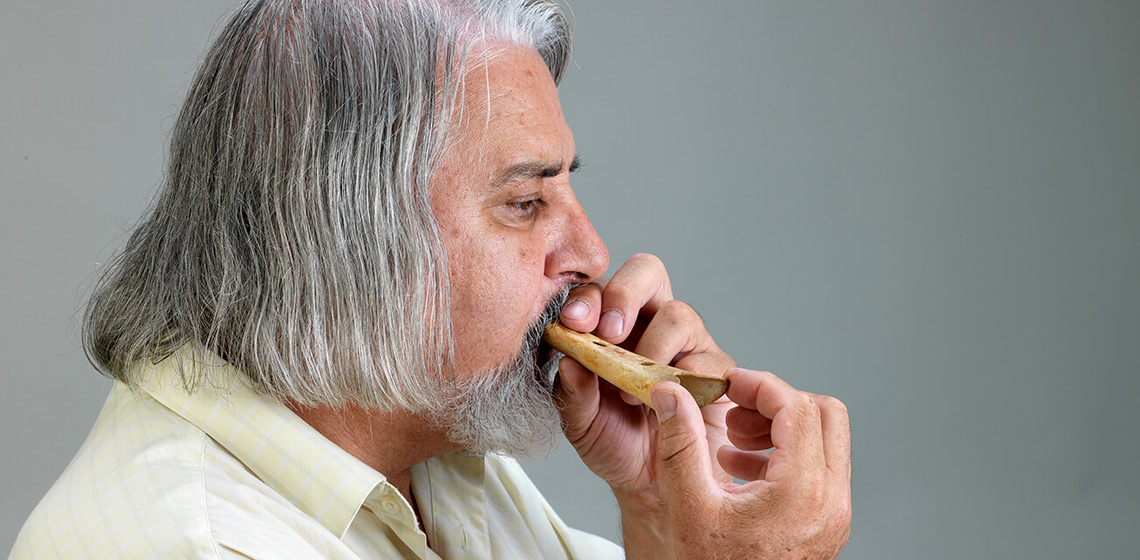Experimental Archaeology
Humboldt State University (US)
Humboldt State University (HSU), in Northern California, is a small community-based campus, situated in the great redwoods of the Pacific North coast. The college town setting on the California North Coast, 8 miles (13 km) north of Eureka is notable for its natural beauty. The university is divided into three colleges: the College of Arts, Humanities, and Social Sciences; the College of Natural Resources and Sciences; and the College of Professional Studies.
Students are provided with a holistic education in the discipline of Anthropology. As part of the curriculum in the Department of Anthropology, students can explore numerous avenues in Experimental Archaeology, including flintknapping, metal casting, basketry, cordage, textiles, and bookbinding, just to name a few.
Crafting Beyond Habitual Practices: Assessing the Production of a House Urn from Iron Age Central Italy
Hunting for Use-Wear
Introduction
Dorset cultures were spread throughout the Canadian Arctic and Greenland between 800 BC and 1300 AD (Friesen and Mason, 2016). There is considerable academic discussion surrounding Dorset society, focusing especially on topics such as social organisation, the reason for their disappearance, and the nature of their development from pre-Dorset cultures. However, a general point of agreement is that Dorset material culture has always been considered geographically, and even to some extent temporally, uniform (Maxwell, 1985).
Testing Mesoamerican Lunate Artifacts as Possible Crescent Loom Weights
Review of the Research
Research over the past century has demonstrated woven textiles played an important role in Mesoamerica from the Classic period (AD 250-900) through contemporary cultures.
RIP John Coles, a Giant in Experimental Archaeology
Groundbreaking experimental archaeologist, one of the well-respected giants of experimental archaeology, John Coles, died suddenly on October 14, 2020. He will be remembered as the first to pull together all the strands of people working in experimental archaeology in the 1970s, with his books “experimental archaeology” and “archaeology by experiment”.
Coles, his gentle self, remained interested in how the world of experimental archaeology expanded and made progress. In 2009, he gave a long interview reflecting on experimental archaeology, published by EXARC (see link below).
Thanks, John, you have made a world of a difference.
הפורום הישראלי לארכיאולוגיה ניסויית - The Israeli Forum for Experimental Archaeology (IL)
The Israeli Forum for Experimental Archaeology was established in order to connect archaeologists, field and laboratory researchers and practitioners of ancient crafts, with an emphasis on collaboration, knowledge sharing and public engagement.
Our members come from a range of fields; academics, Living History groups, museum workers, educators, craftspeople, archaeologists and more. Thus, we aim to link persons involved with experimental archaeology in Israel and create a place to share, consult and learn, along with other experts engaged in the field. In addition, we endeavour to create experiment databases and coordinate experiments, workshops, and conferences. Our dogma is that through experimental archaeology, people from different backgrounds can advance research by sharing knowledge, experience and facilities.
Experiment with Kindling Oil Lamps
Preface
Fire has an important role in human history not only as a source of light and heat but also as having an ideological meaning of “purity”, “cleansing”, “death” and “life”.
Roe Deer as Raw Material for Middle Mesolithic Fishhooks? An Experimental Approach to the Manufacture of Small Bone Fishhooks
Experimental Research on the Neanderthal Musical Instrument from Divje Babe I Cave (Slovenia)
***The supposition that an unusually perforated femur of a juvenile cave bear found at the Divje babe I Palaeolithic cave site in Slovenia could be a musical instrument led to heated debates. According to its archaeological context and chronostratigraphic position, if made by humans, it could only be attributed to Neanderthals...

